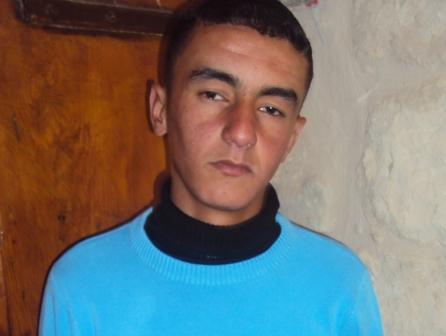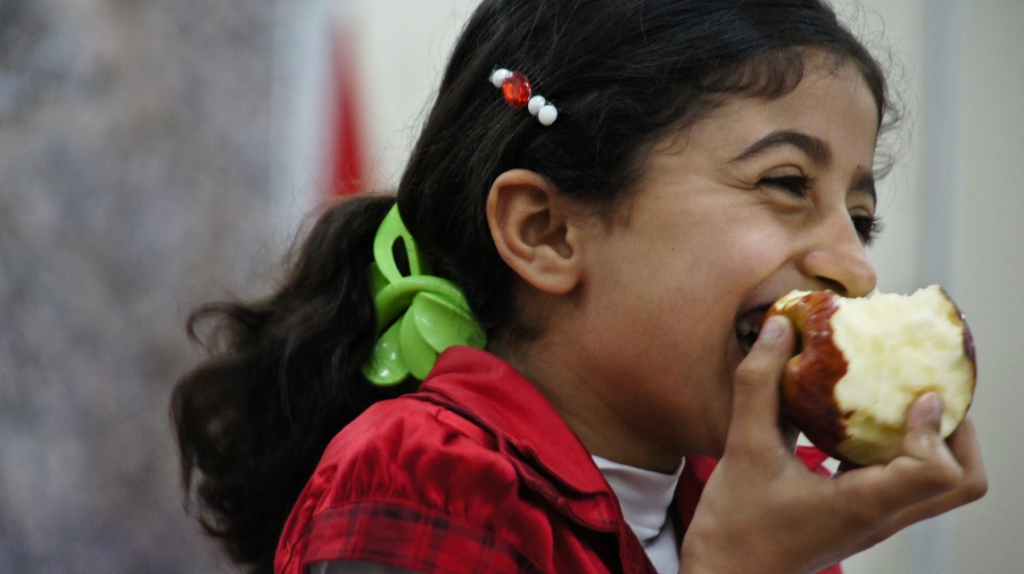Year: 2012
-
Voices from the Occupation: Izat J. – settler/soldier violence/detention
11 April 2012 | Defence for Children International Name: Izat J. Date of Incident: 10 March 2012 Age: 16 Location: Hebron, occupied West Bank Nature of Incident: Settler/soldier violence/detention On 10 March 2012, a 16-year-old boy from Hebron is attacked by an Israeli border policeman and then detained at Kiryat Arba’s police station after his…
-
Passover violence in Occupied Al Khalil
by Paige 10 April 2012 | International Solidarity Movement, West Bank The Israeli army enforced a system of extensive closures, detentions, and violence against Palestinians and internationals activists during the Jewish holiday of Passover in Al Khalil (Hebron). The army closed off the busy Beersheba road to allow Jewish settlers to visit the tomb of…
-
Children’s Day in Khan Younis
by Nathan Stuckey 10 April 2012 | International Solidarity Movement, Gaza Poverty is pervasive in Gaza. After 44 years of occupation, and six years of siege the economy is in tatters. Exporting anything is basically impossible, farming is crippled by the no go zones which encircle Gaza leaving over 30% of agricultural land off limits,…


